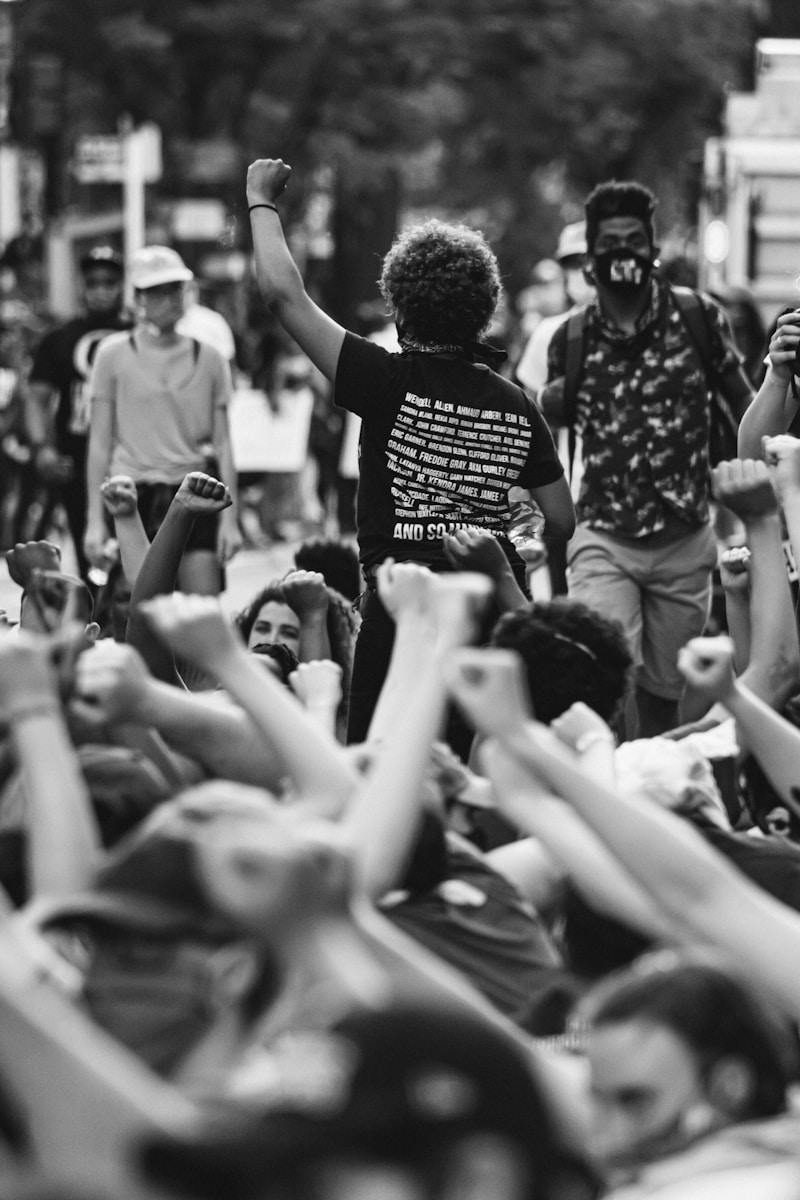Key Takeaways
- Oregon State Police say they suffered tear gas exposure during a protest at an ICE facility in Portland.
- New court filings reveal federal officers fired pepper balls and chemical gas at local law enforcement.
- Judge Karin Immergut will decide if the government violated a restraining order and if contempt charges apply.
- Testimony describes “indiscriminate” force by federal agents against officers and protesters.
- DOJ objections were overruled as witnesses detailed the risks officers faced.
Oregon Officers Report Tear Gas Exposure in ICE Protest
Oregon State Police say they “suffered exposure” to tear gas when federal officers sprayed a crowd at a protest outside the ICE facility in early October. According to Capt. Cameron Bailey, his sergeant and other officers felt the effects without warning. As a result, plaintiffs argue that federal agents not only endangered protesters but endangered law enforcement too.
Court Hears New Details of Tear Gas Exposure
In federal court on Wednesday, new evidence showed that federal officers fired pepper balls and deployed chemical gas toward local officers. The government tried to block this testimony, but Judge Karin Immergut overruled the objections. She stressed that she must now determine whether officials violated a temporary restraining order that barred National Guard troops from entering Portland.
New Evidence Emerges in Court
During the hearing, attorneys presented videos and written reports. They claim videos capture federal officers launching projectiles and gas munitions without coordinating with city or state police. Therefore, local officers had no chance to protect themselves. Moreover, attorneys said this pattern supports the argument that federal forces acted beyond legal limits.
Officers Describe Risks from Tear Gas Exposure
Capt. Cameron Bailey testified that he saw officers cough, rub their eyes, and struggle to breathe. He added that no advanced notice came before the gas came down. Meanwhile, witnesses said the wind carried fumes toward nearby buildings. As a result, staff inside had to seal doors and windows to avoid exposure.
Commander Franz Schoening of the Portland Police Bureau added more detail. He said the crowd included many older people and families. He called it “startling” that federal officers used tear gas in that setting. He insisted that was not best practice and did not fit the threat level. In addition, he said officers on both sides were at risk when chemicals spread beyond the target area.
Legal Battle over Restraining Order
Judge Immergut issued a temporary restraining order last month to stop new National Guard deployments into Portland. She must now decide if federal officials ignored that order. If she finds contempt, the government could face fines or other penalties. Also, the judge will weigh whether federal actions violated civil rights by using excessive force.
DOJ attorneys argued that the federal response was lawful and necessary. They claimed officers faced violence and property damage. However, under questioning, they struggled to detail exact threats that justified tear gas exposure or pepper balls. The judge repeatedly overruled their objections when defense lawyers tried to limit witness stories.
How the Dispute Escalated
The protest formed outside the ICE building after a series of clashes between federal agents and local residents. Some called it a peaceful vigil, while federal agents described it as violent. Despite this, local commanders testified that most participants did not threaten officers. Instead, they held signs and chanted. According to Schoening, there was no immediate danger to the facility or agents at first.
However, tensions rose when federal agents moved in. Without warning, they fired into the crowd. Protesters scattered, and officers rushed to help. Some local officers felt they were caught in crossfire. They reported projectiles striking police cars and buildings. Next, attorneys argued this showed disregard for public safety.
Trump’s Statement on Portland’s Safety
Meanwhile, former President Trump defended the National Guard presence. He said his “people” told him Portland was “burning to the ground.” He insisted that federal forces were needed to restore order. Yet, local officials countered that the city’s violence was overstated in private briefings, raising questions about the accuracy of Trump’s intelligence.
What Comes Next in the Contempt Decision
Judge Immergut said she will review all evidence before making a ruling. She may hold a hearing specifically on contempt accusations. If the government is found in contempt, the court could impose fines until the order is followed. The judge might also extend the restraining order or impose new restrictions on federal deployments.
After the judge’s decision, either side could appeal. That means this dispute could reach the Ninth Circuit Court. Meanwhile, local leaders are calling for clear rules on how and when federal agents can act in state cities. They want better communication to prevent tear gas exposure of officers and civilians alike.
The Bigger Picture
This case highlights tensions between federal and local law enforcement. It raises questions about the limits of federal power in protests. Moreover, it shows the risks officers face when managing crowd control without coordination. As cities continue to host demonstrations, leaders will watch this ruling closely to see how it shapes future operations.
Frequently Asked Questions
What is tear gas exposure?
Tear gas exposure occurs when someone inhales or comes into contact with chemical irritants designed to disperse crowds. It can cause burning eyes, coughing, and difficulty breathing.
Who is Judge Karin Immergut?
Judge Karin Immergut is a federal judge overseeing the case against the government. She must decide if officials defied her temporary restraining order.
Why did local officers not expect tear gas exposure?
According to testimony, federal officers gave no warning before deploying gas. Local police had no chance to equip protective gear or prepare a safe zone.
What could happen if the government is held in contempt?
If found in contempt, federal agencies might face fines, limits on operations in Portland, or stricter court orders to prevent future misuse of force.

